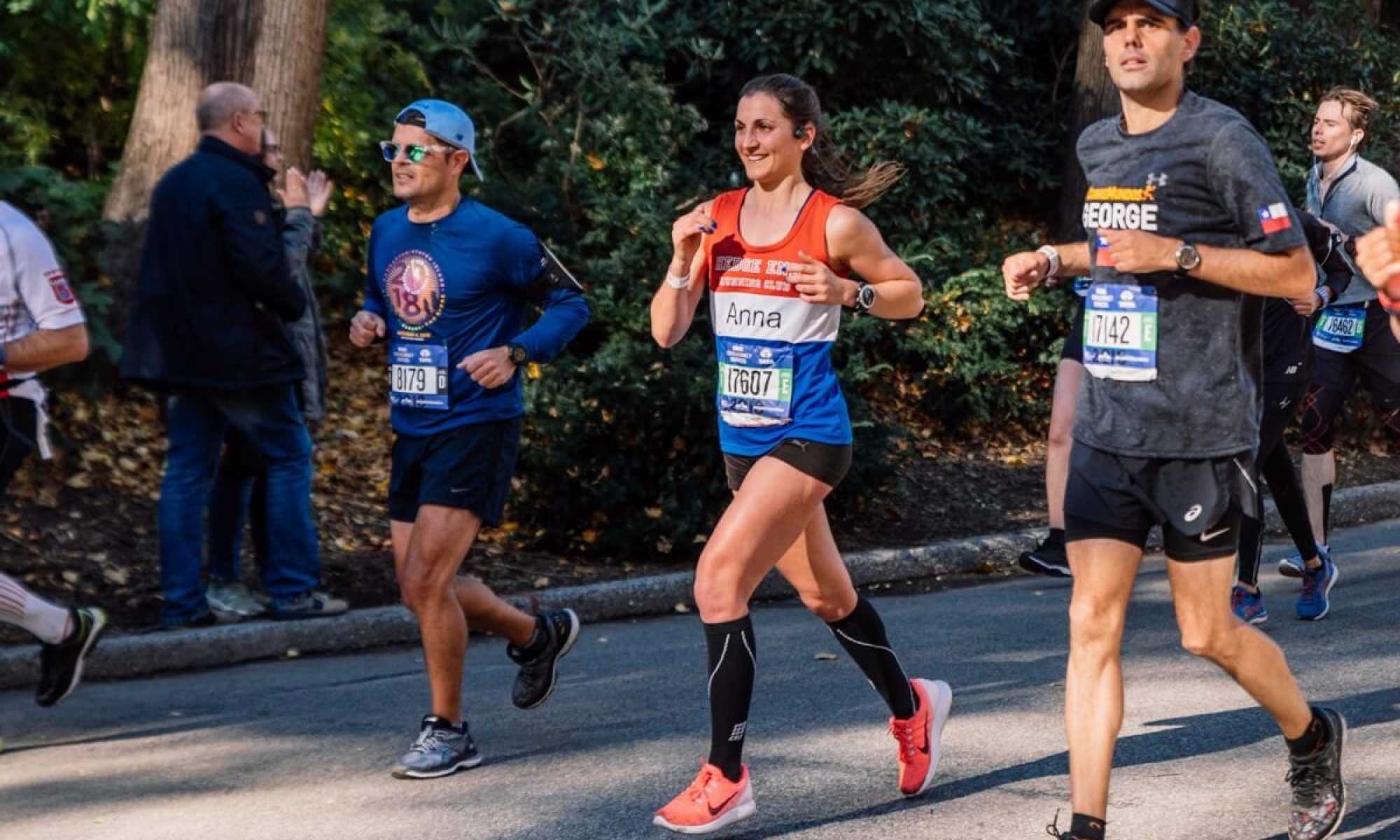A month or so ago I was sent a pair of NURVV Run Insoles to try out and let me tell you, I was excited.
If you’re anything like me as a runner you’ll love the data you can get from a run – whether that’s recorded by your fitness tracker or app, you can dissect the minute details of your run afterwards. From the elevation, your pace and heart rate, so much data can be recorded nowadays. I mean, did you even run if it’s not on Strava, eh? (Let’s not talk about Garmin being down a few weeks ago tho…).

The NURVV Insoles give you a whole lot more data to look at for each run. Basically you put the insoles into your trainers with tracking devices that are securely fitted to the side of the trainers and then it records SO MUCH DATA about your run. Things like foot strike, stride length, pronation, cadence…it’s all there to see, even as the run progresses.

For example, I can see at the start of the run, when I’m just warming up, my stride length is shorter than towards the end when I’ve sped up a bit more and got into things. The same for my cadence. But likewise, on a long run my form starts to get a bit squiffy as I get more tired.
So to go into a bit more detail… can I feel it on my trainers during a run? No, I cant. Maybe if you’re super sensitive or if you’re really careful about the weight of your shoes. But to be honest, you’re more likely to use these on training runs rather than key races (though I’d love to see my data of a marathon, I’d find that fascinating).

It’s really easy to use – once you get the hang of it. The set-up itself is very easy and once the insoles are in your shoes (which you can’t feel, they’re very thin), you just turn the trackers on and then use the app to start finding satellites for their GPS and then you’re ready to go.

It can be a little bit of a faff to wait for the trackers to find GPS but no longer than a Garmin so that doesn’t bother me. Though it IS something else to remember for a run and potentially over-complicate things. I guess that’s the price you pay for wanting more data on a run. In my eyes, it’s totally worth it.

You see a little light flashing on the trackers once you’ve started the run on the app and then you’re off. Handily you can leave your phone at home as well and the trackers will save the data and then upload later (like the Garmin). One thing I will say is that a couple of times I haven’t pressed the start button properly and have gone for my run and got home to realise it hadn’t recorded anything, which is a bit annoying. It’s not overly clear when it’s on, asides from the small flashing light and in sunlight it’s hard to see.

Aside from that though, I really love geeking out with the data after a run (when I have correctly turned it on!). It’s made me become more aware of my form as I run. For example, I try not to over stride but keep my feet landing beneath my body.

It also lets you know how much you over or under pronate. From most of my runs it appears I over pronate a fair amount on my left side. I vaguely knew this already but it’s really interesting that it’s mainly my left foot – whereas I assumed both were as bad. It also gives you helpful advice on how to improve this. Things like increasing foot strength and improving your arch strength and single leg balance.

I love the NURVV app as it gives you so much information per run (and throughout the run) and it also collates all your runs together to give you overall scores and an overall health rating across the different metrics. I can see where I need to improve on and what I need to keep in my mind as I run. I’m a big believe in running being a skill and to run better doesn’t just mean to run more. There are things you need to do outside of running to keep you strong and injury-free. Things like strength training (and single leg strength – so you can work on individual weaknesses), running drills and mobility.

What’s also good is that the NURVV team are continually improving. Since I’ve started using them there have been some decent updates, such as syncing with Strava and the data being broken down as the run progresses, and upcoming updates include auto-pause (currently you press a button on the tracker to pause), heart rate integration, elevation and manual run entry. Very exciting!
So needless to say, I’m a big fan. I’ll continue to use the trackers and hopefully improve my form and avoid injuries… it’s definitely good motivation to keep up my strength training and mobility work!
Do you like to look at your running data after a run?
Do you do anything outside of running to improve your form?
Do you over/under pronate?
Full Disclaimer: I was sent the NURVV Run Insoles for free in exchange for a review. All opinions are my own honest ones.
